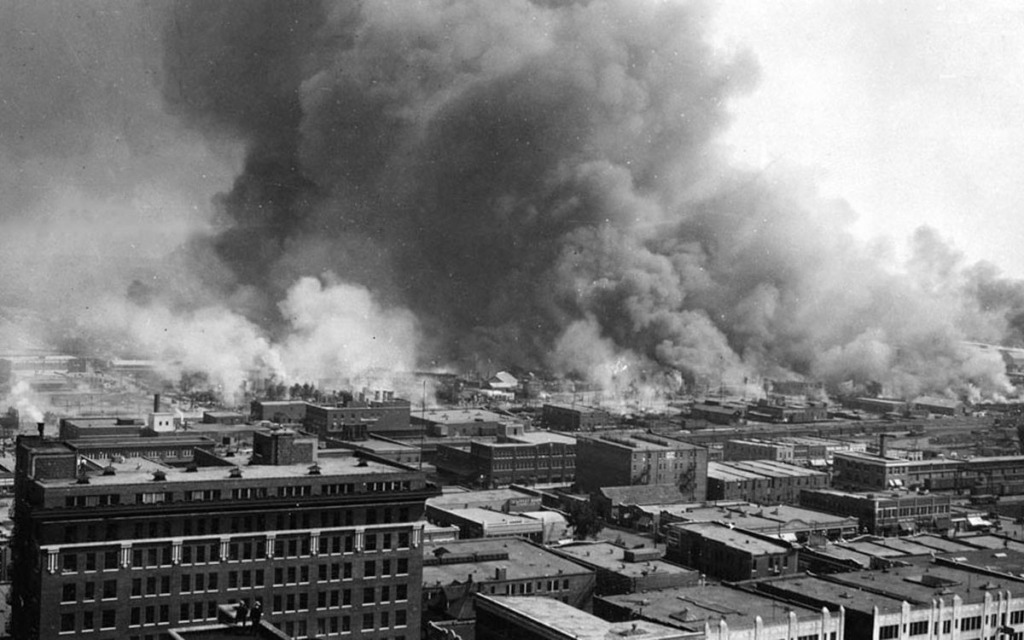Each submission gets timestamped with EST time and gets a unique identifier
assigned, example:
S10056


by Akiva Blander Metropolis
This time feels different. In the week since the killing of George Floyd by a Minnesota police officer, large-scale protests demanding police accountability and racial justice have sprung up in cities across the United States, and even around the world. Despite curfews, violent provocations from local police and the White House, and the persistence of the pandemic, the demonstrations don’t seem to be fizzling out anytime soon.
Within this maelstrom of activity, advocates and thinkers have focused further attention on the built conditions that enable continued racial subjugation in America—and the role that architects, planners, and designers have in facilitating or countering those broken processes and patterns. Buildings and cities are products of the social and political priorities of their time; historically, these have skewed toward enforcing control and separation, and toward maximizing profit and production over community and wellbeing. Architects today—those who design prisons, shirk issues of gentrification, and work with odious clients—are still forced to operate within a system that sustains socioeconomic strife.


Each submission gets timestamped with EST time and gets a unique identifier
assigned, example:
S10056


Your ID: S12312312






This notification means your entry was sent successfully to the system for review and processing.
If you have any further questions or comments, reach out to us via the main contact form on the site
Have a great day!







New to NOMA?
Create your account
Already have an account?
Sign in

Not A NOMA Member? Click Here!
Create your account
